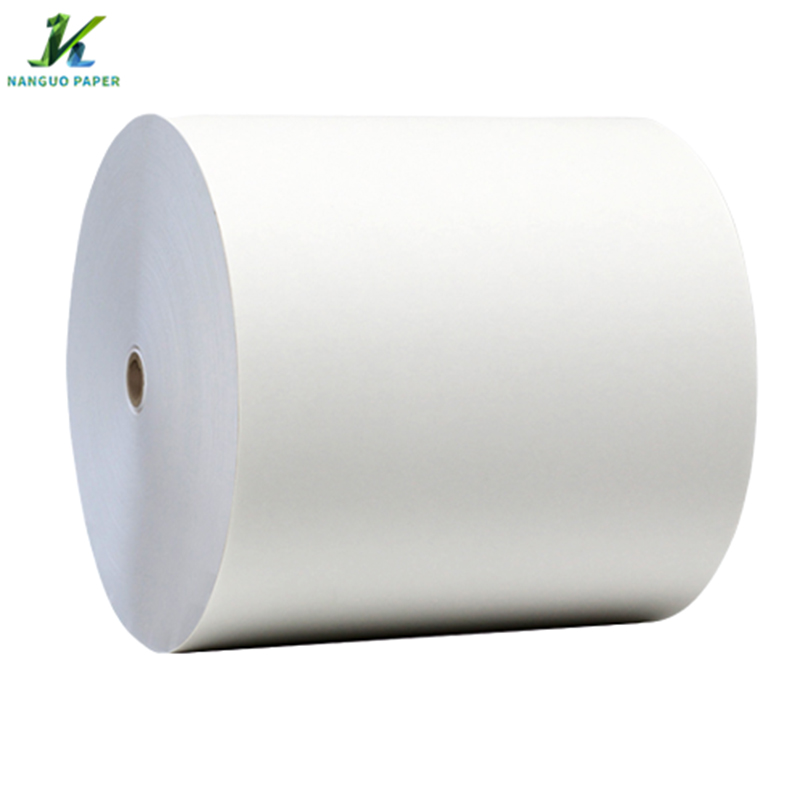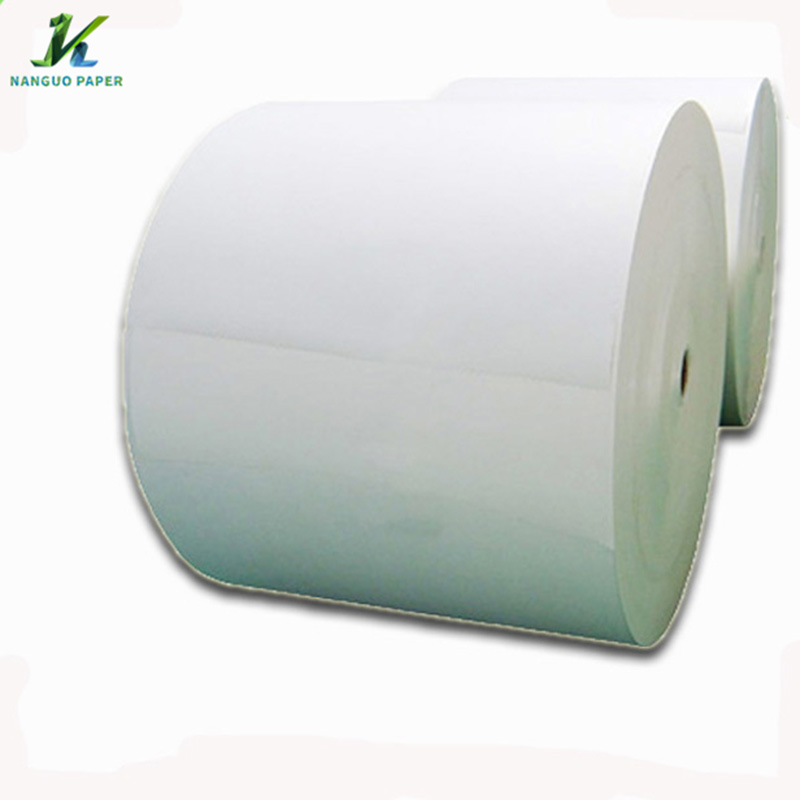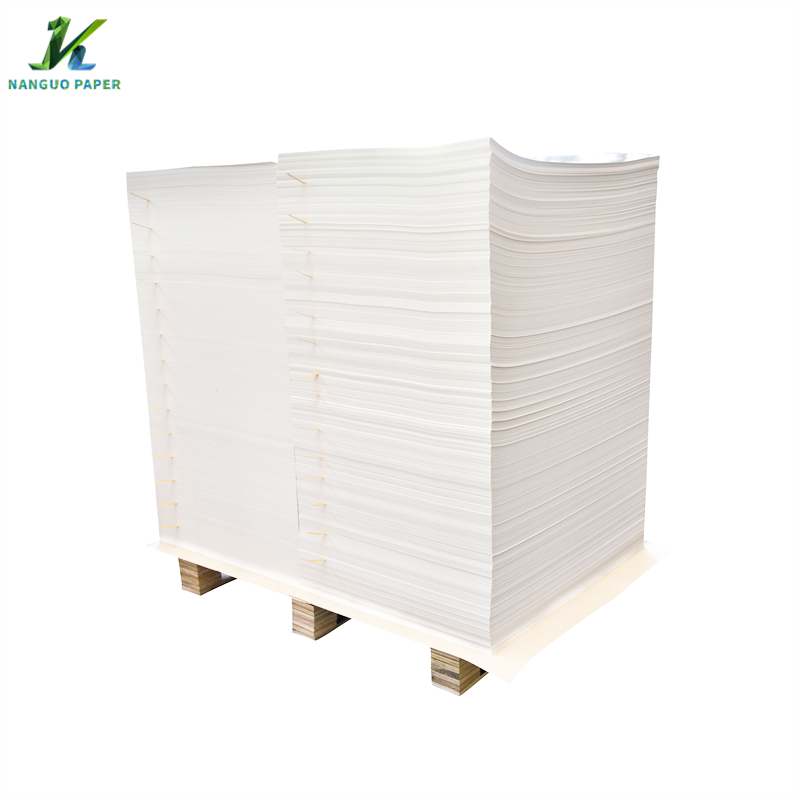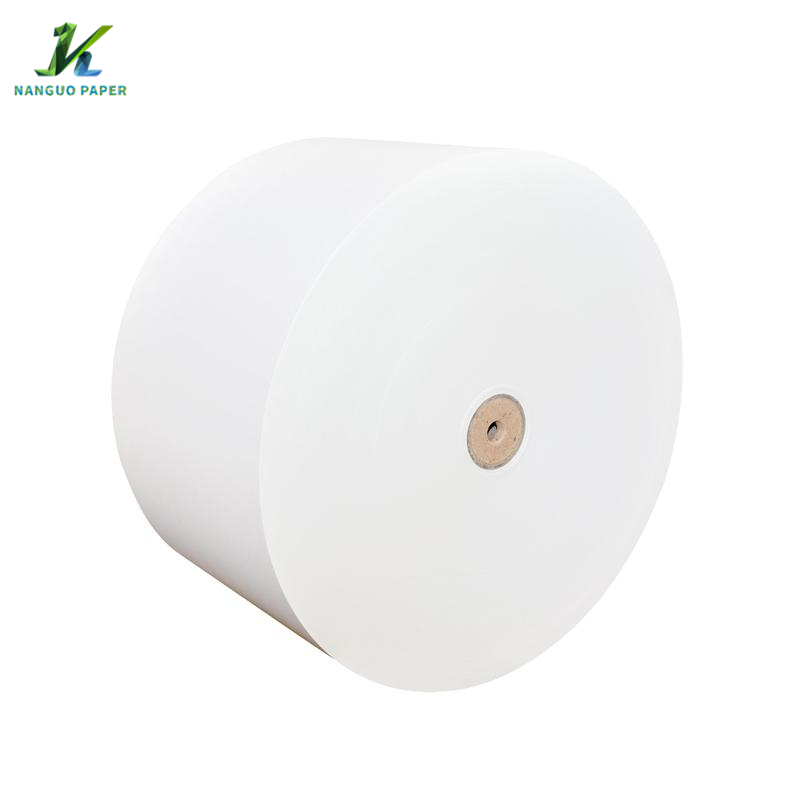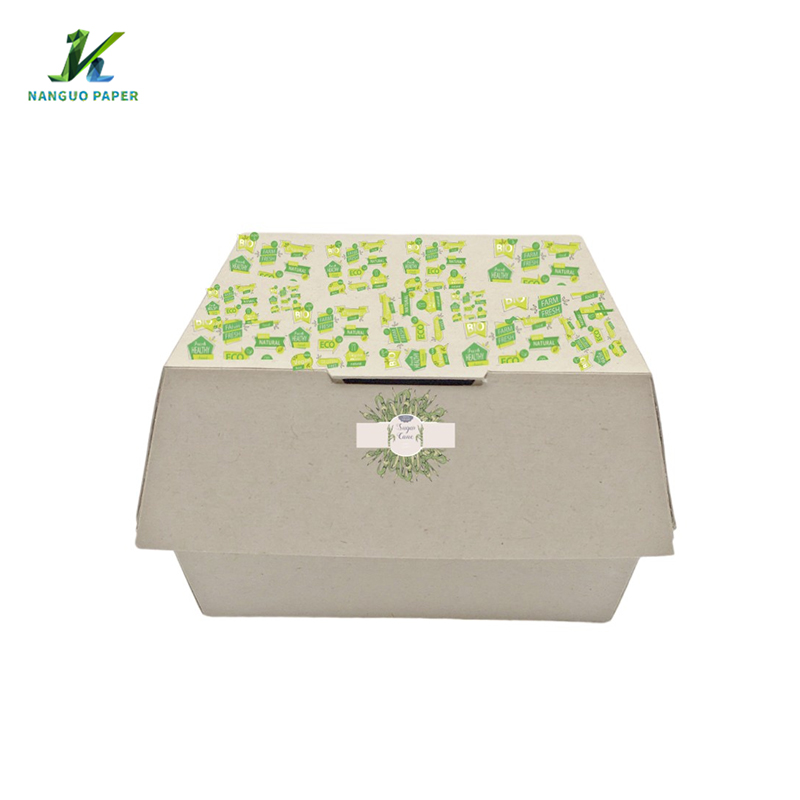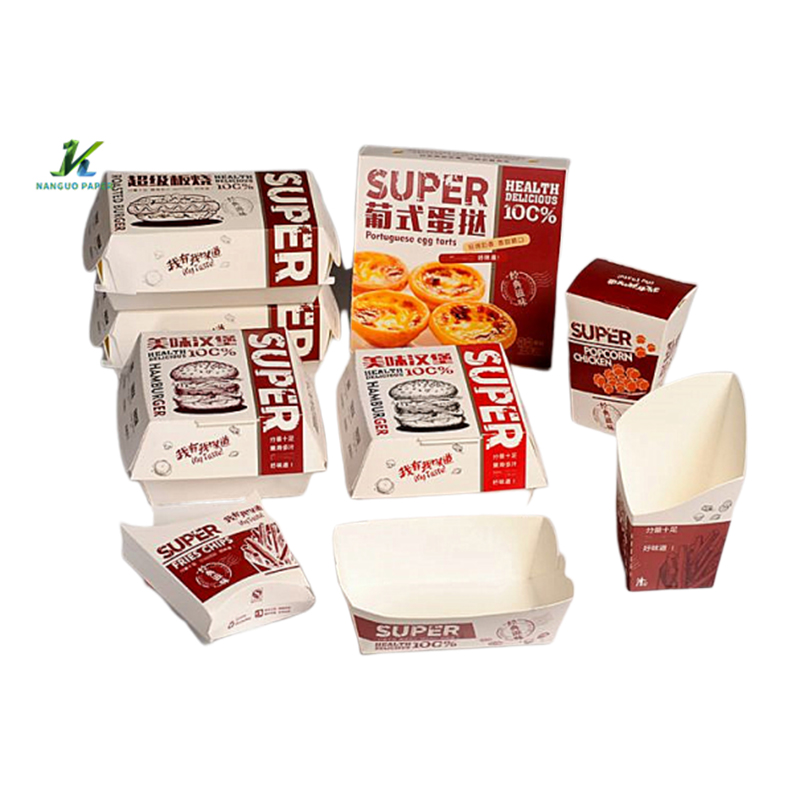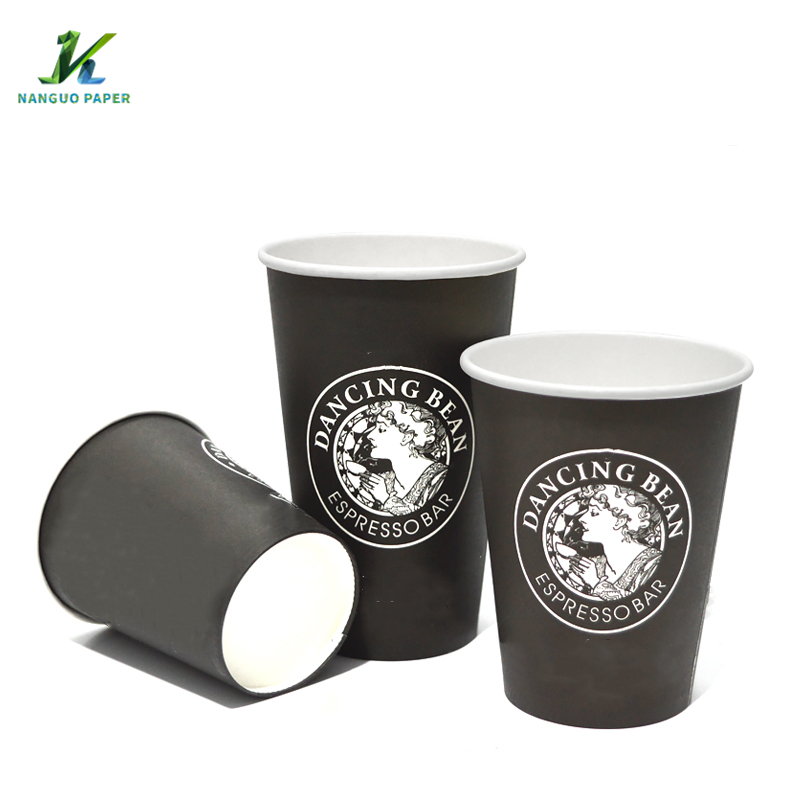PE Coated Paper For Paper Cup Bottom - China Factory, Suppliers, Manufacturers
The traditional paper manufacturing process requires the cutting down of large numbers of trees, which causes serious damage to forest ecosystems. However, paper made from bagasse avoids this problem because it does not require the cutting down of a single tree. Bagasse is the leftover material from the processing of sugarcane, which is usually discarded or incinerated. However, using this waste to make paper can minimize resource waste and environmental pollution. PE Coated Paper For Paper Cup Bottom, PE Coated Paper Roll Supplier , Eco Takeaway Packaging , Environmentally Responsible Packaging ,Sugarcane Pulp Paper . If your business currently uses paper, wood pulp, polystyrene foam or plastic, then bagasse is definitely worth considering. Sugarcane fiber is a renewable resource that offers many advantages over traditional packaging materials.First, sugarcane fiber is a biodegradable material. When discarded or mishandled, it can break down quickly in the natural environment, reducing its negative impact on the environment. In contrast, plastics and polystyrene foam take hundreds of years to degrade, causing long-term environmental pollution.Secondly, sugarcane fiber is a renewable resource. Compared to using traditional paper materials such as wood pulp, using sugarcane fiber reduces the consumption of forest resources. This helps to protect the precious forest ecosystem and maintain ecological balance. The product will supply to all over the world, such as Europe, America, Australia,Pakistan, Madrid,Italy, Egypt.As global temperatures rise, the demand for paper packaging has increased significantly, and eco-friendly packaging requires the use of fewer materials and does not cause much harm to the environment.For starters, using eco-friendly packaging, like sugarcane paper made from bagasse, helps reduce carbon emissions. Traditional packaging materials such as plastic and Styrofoam are often made from petroleum, and their production and disposal processes release large amounts of carbon dioxide and other greenhouse gases. In contrast, eco-friendly packaging is usually made from renewable materials such as paper, which require less energy and emissions to produce, thus reducing the carbon footprint.Secondly, eco-friendly packaging has a big impact on branding. Nowadays, more and more consumers are concerned about the environmental actions of companies, and they are more inclined to choose those products that use eco-friendly packaging. The use of environmentally friendly packaging not only enhances brand image, but also increases consumers' trust and recognition of the product. Therefore, environmentally friendly packaging has become one of the important strategies for companies to win market competition.Third, environmentally friendly materials are non-toxic. Traditional packaging materials are usually made of chemicals, some of which may pose potential risks to human health. In contrast, paper packaging is made of natural fibers, which are non-toxic and harmless and do not pose a risk to human health. This is important for people who use paper packaging on a daily basis, as prolonged exposure to harmful substances can lead to serious health problems.Finally, paper packaging is a biodegradable material. When paper packaging is discarded, it naturally breaks down into organic matter that is eventually absorbed into the soil without the need for special treatment. In contrast, plastics and other non-biodegradable materials take decades or even centuries to break down. The use of paper packaging helps to reduce the burden on landfills and minimize pollution of the environment.In short, the benefits of eco-friendly packaging are not only in terms of reducing carbon emissions and protecting the environment, but also in terms of enhancing brand image, protecting human health and reducing pressure on landfills. Therefore, we should join hands to adopt eco-friendly packaging measures to protect the environment and realize sustainable development.
Related Products




